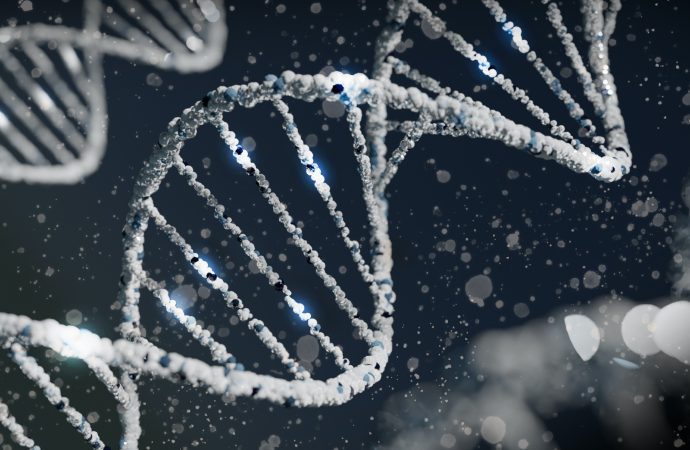CRISPR works by using a protein called Cas9, which acts like a pair of molecular scissors, to cut DNA at specific locations. Scientists can then use this process to add, remove, or replace specific genes, opening up a world of possibilities for treating genetic diseases, developing new therapies, and even editing the genes of future
CRISPR works by using a protein called Cas9, which acts like a pair of molecular scissors, to cut DNA at specific locations. Scientists can then use this process to add, remove, or replace specific genes, opening up a world of possibilities for treating genetic diseases, developing new therapies, and even editing the genes of future generations.
One of the most promising applications of CRISPR is in the treatment of genetic diseases. By editing the genes that cause these conditions, scientists hope to be able to cure diseases like cystic fibrosis, sickle cell anemia, and Huntington’s disease. And because CRISPR can target specific genes with incredible precision, it offers a much more effective and targeted approach than traditional drug therapies.
But CRISPR is not just limited to medical applications. It also has the potential to revolutionize agriculture, by allowing scientists to create crops that are more resistant to pests and disease, and to edit the genes of livestock to improve their health and productivity. And because CRISPR is relatively simple and inexpensive compared to other gene editing tools, it has the potential to be widely adopted across a range of industries.
Of course, with any new technology comes concerns about ethics and safety. Critics worry about the possibility of unintended consequences or the potential for misuse, and there are ongoing debates about the ethics of editing the genes of future generations. But despite these concerns, it’s clear that CRISPR is a powerful tool that has the potential to transform science and improve human health in ways we can only imagine.
As the technology continues to develop and more applications are discovered, it’s likely that we’ll see even more groundbreaking discoveries in the years to come. From curing genetic diseases to transforming agriculture, the CRISPR revolution is just getting started.

















Leave a Comment
Your email address will not be published. Required fields are marked with *